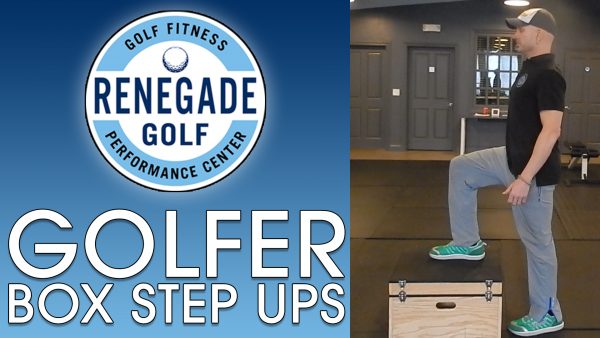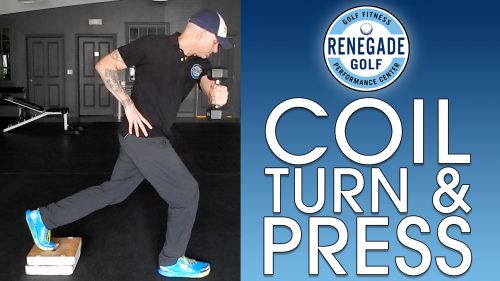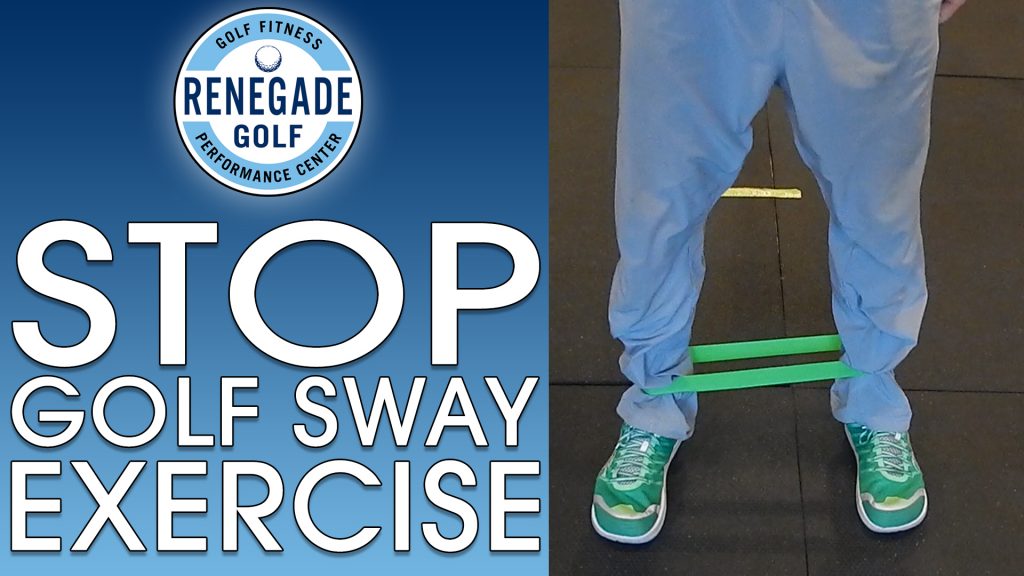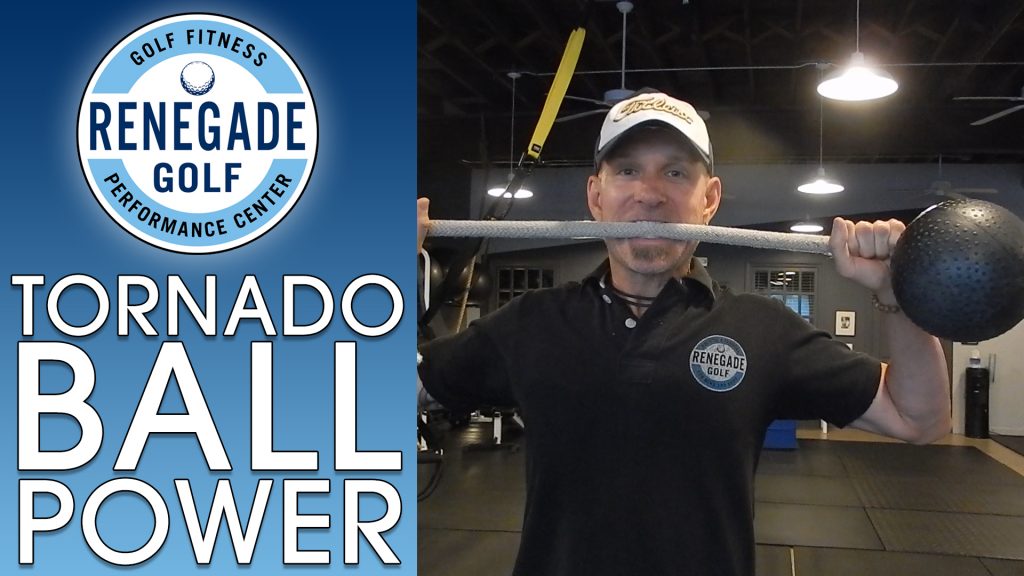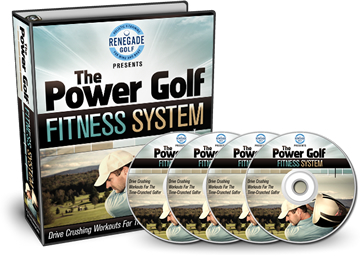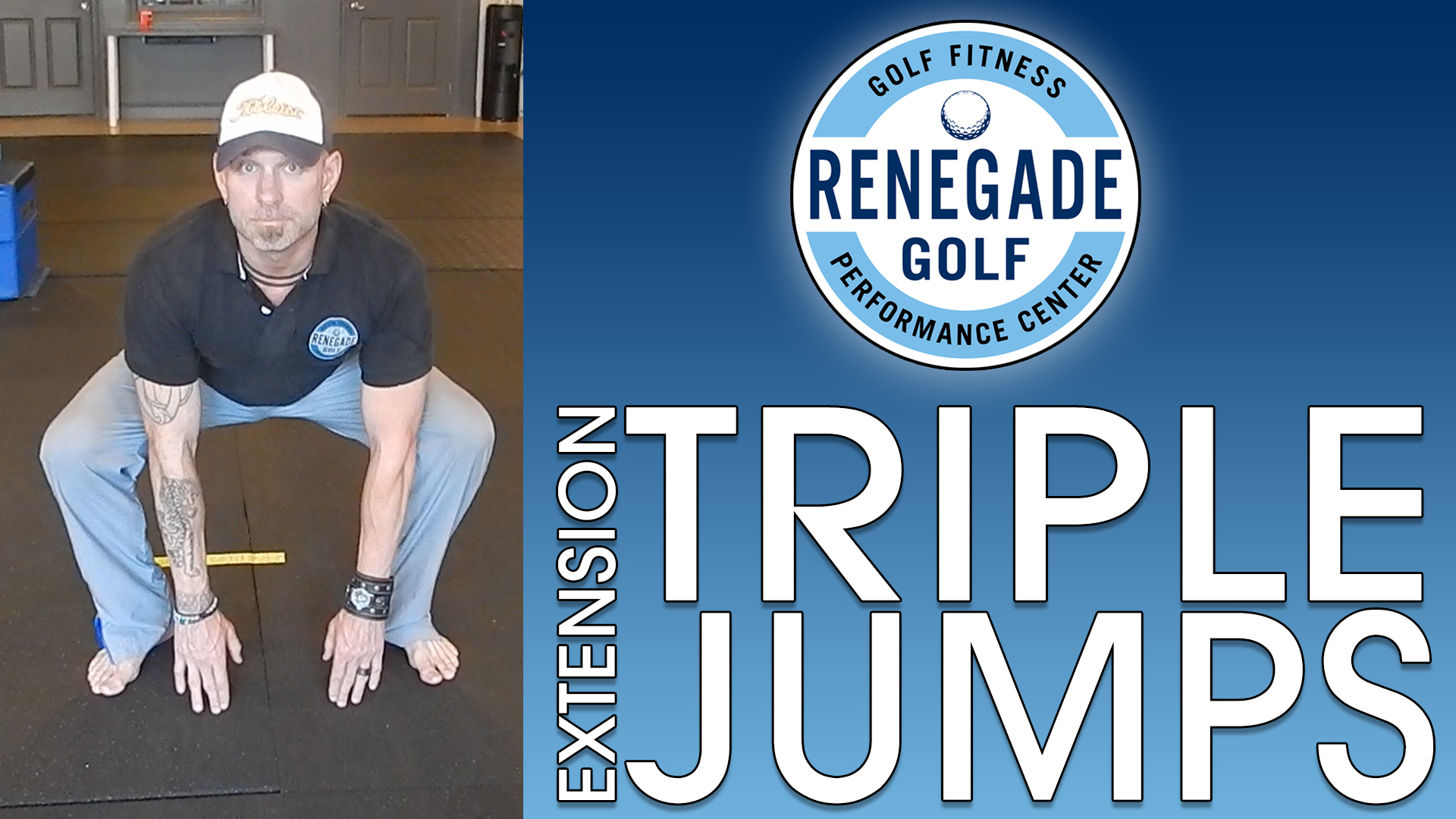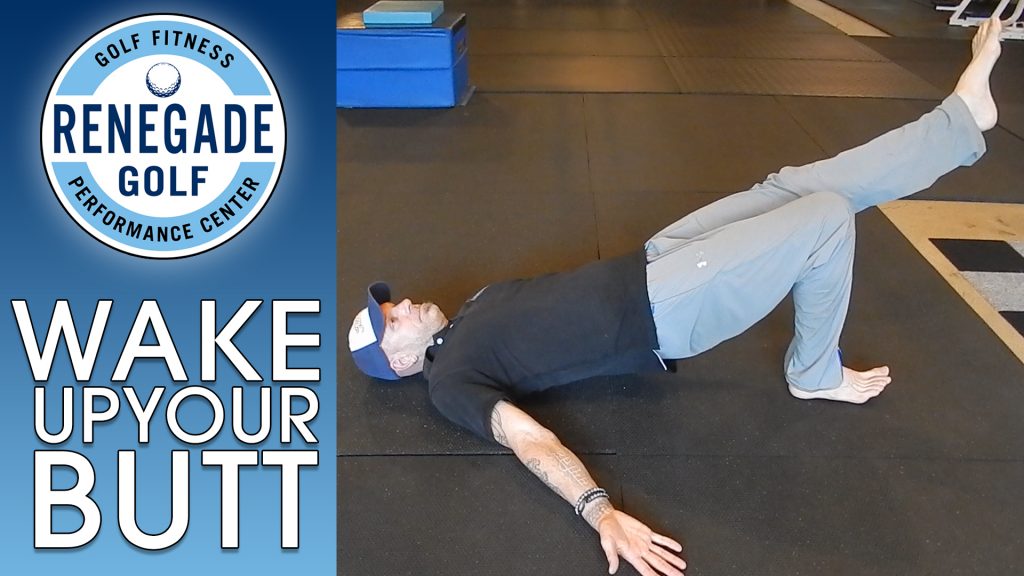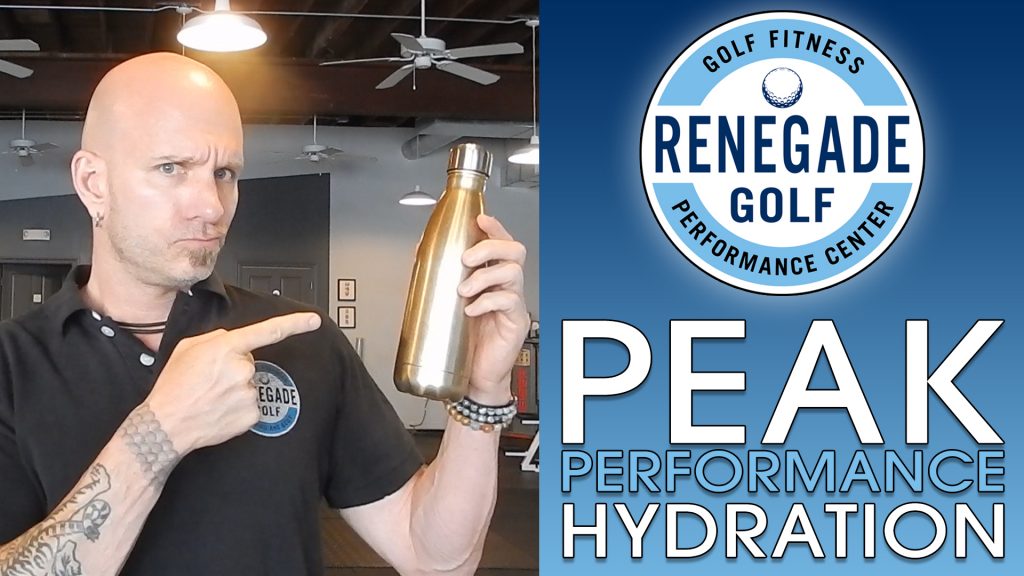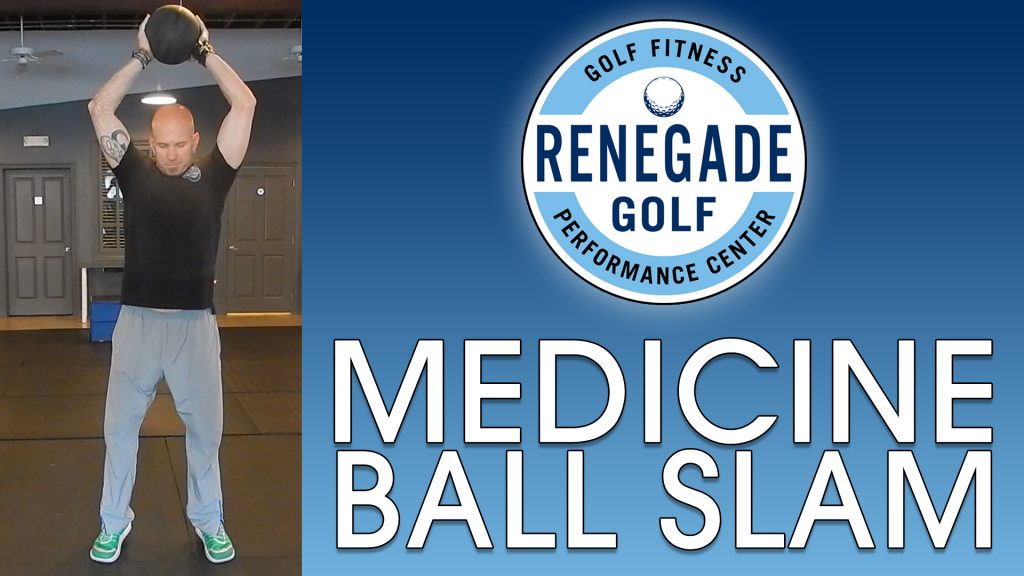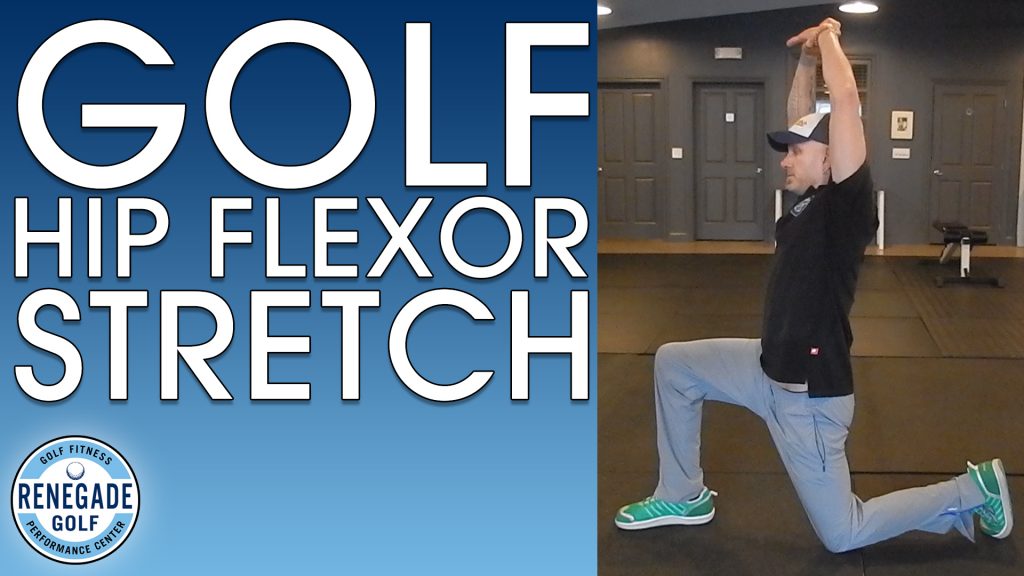
As a recreational golfer, the chances are that you sit too damn much.
Sitting can cause a whole host of postural problems, one of which is short and tight hip flexors muscles.
Ok, but what’s the big deal, right?
Well, for starters, tight hip flexors can pull your pelvis into anterior pelvic tilt, causing an exaggerated arch in your lower spine. This can lead to back pain, as well as making it challenging to maintain your spine angle both at address and throughout your golf swing.
See the image below for a visual of your hip flexor muscles:
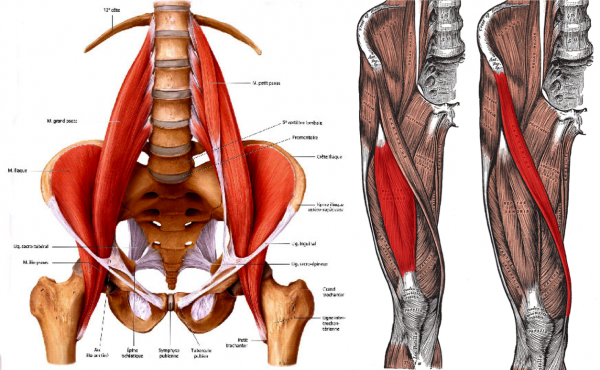
Many golfers will include a version of a hip flexor stretch in their routine. That’s great, except for the fact that the most popular version, sometimes referred to as a “runner stretch”, isn’t optimal.
Below is an image of this less-than-ideal version:
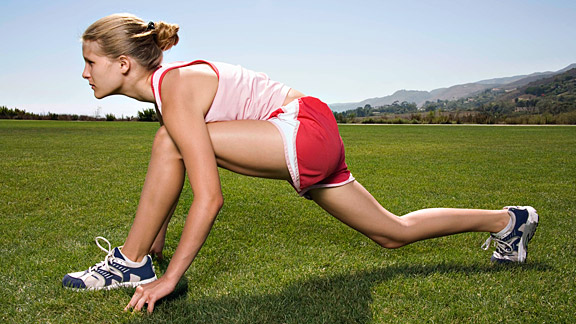
In this video I’ll show you the best golf hip flexor stretch. As usual, it’s the details that make all the difference.
I generally prescribe 1-2 sets of 30-60 seconds static holds for this stretch.
The only exception to using static holds would be within 2 hours of a round or practice session. For detailed instruction on how to stretch differently within this time window, see the video below:
If you have any questions on this best golf hip flexor stretch, please contact me through the comments section below.
If you enjoy this blog, then join 15, 454 other golfers and get free email updates on new posts PLUS your Free Report: 8 Reasons Your Drives Suck, and How to Fix It >>> Click Here<<<
